The Simlab XB1 in a nutshell
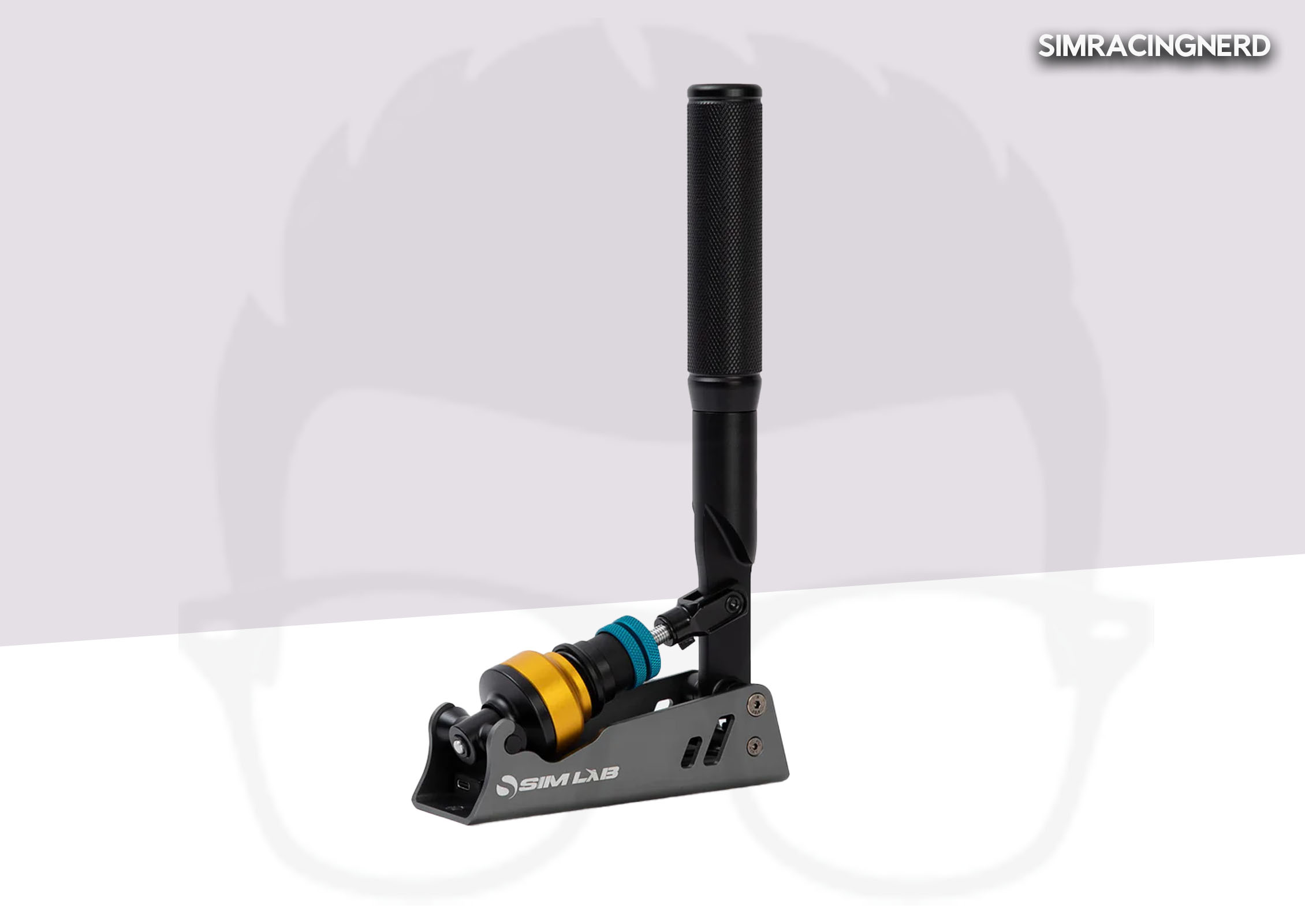
Advantages & Disadvantages
✅ Excellent build quality
✅ 150 kg Load Cell system
✅ Attractive price
✅ Various resistance settings
❌ No handle settings
❌ Non-customizable handbrake
SimlabSimlab, among many other companies, has been active in the sim-racing market for a number of years: around ten if you want to be slightly precise. Some might say that’s not very many, yet it’s the average for the segment, with the youngest having been in the industry for 3 years.
Simlab’s catalog mainly features cockpits. In fact, the Dutch brand currently offers 4 cockpits, all of which are configurable for maximum versatility. But in recent years, notably with the arrival of Grid Engineering under the Simlab umbrella, the company has begun to expand its product catalog with the addition of sim-racing accessories.
Today, Simlab is still a long way from claiming to have a complete sim-racing range. Apart from an LC pedalboard, a handbrake, a few accessories such as dashboards, plus an F1 steering wheel, Simlab can’t compete with Simagic or Fanatec on their own turf. On the other hand, low quantity doesn’t necessarily mean low quality. And that’s what we’re going to take a closer look at in this article with their handbrake, the XB1.
Main and technical features of the handbrake
- Aluminum design and construction
- Solid structure
- Two-stage Load Cell resistance system with 150 kg of force
- PC-compatible via USB connection
- Includes 3 elastomers to change resistance level
- Adjustment of spring resistance using a ring
- Optional inclined support for mounting on chassis
XB1 Handbrake design
The XB1’s design is minimalist, with only the Load Cell system in three colors, the neck in black and a baseplate in gray. There’s no cabinet like on the Fanatec Handbrake V1.5 or the Simagic TB-1. In fact, the XB1 looks much more like a Simagic TB-RS, which is hydraulic by the way, than the TB-1, which is Load Cell.
The handle is attached to the baseplate, while the Load Cell is attached. And the Load Cell also sits on the baseplate, with its characteristic Simlab electric blue adjustment ring and gold cylinder. Simple, minimalist and all-purpose.
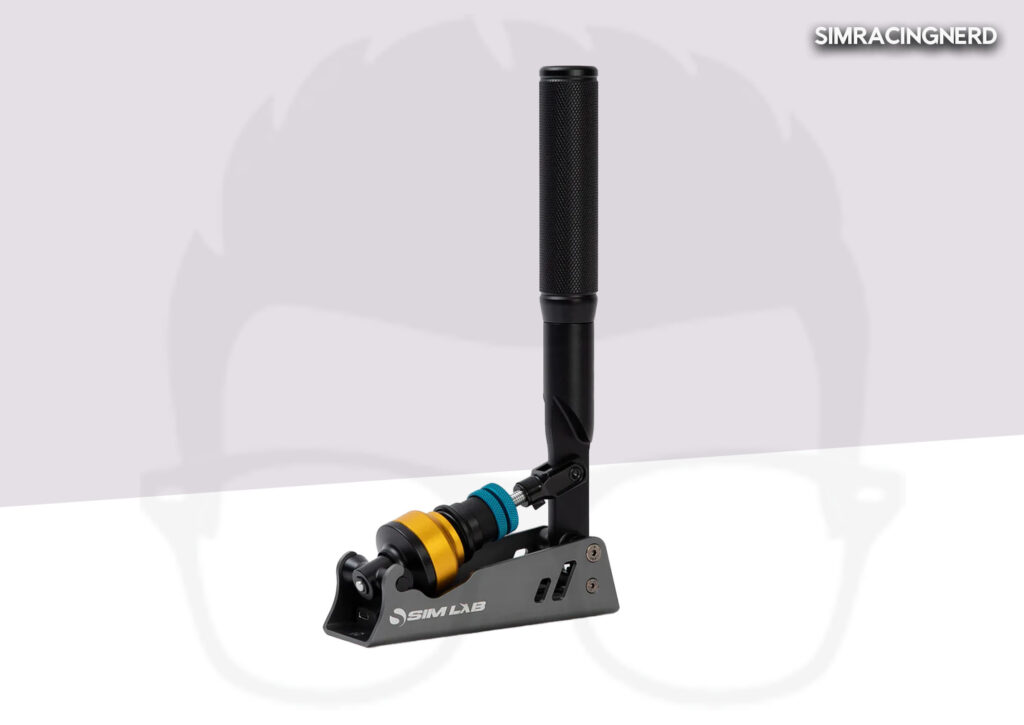
Customized assembly
Since the XB1 has no housing containing the resistance system, it’s very easy to install. In terms of width, it’s very slim, and this handbrake can easily be installed on a profile support. There’s a slot at the front and one at the rear for mounting.
It can only be mounted on a cockpit, and that’s perfectly normal, since the LC of this handbrake can take up to 150 kg of force. And if you don’t have a sectional frame, or yours doesn’t have a mounting for the XB1’s standard holes, i.e. on the top, Simlab offers an optional angled lateral bracket for its handbrake, and it’s not expensive. On the other hand, this bracket is very flexible in use, forcing you to opt for a less aggressive handbrake setting.
Manufacturing and finishing
As with virtually all Simlab products, the XB1 uses aluminum for its structure. It’s very solid, very well made and a credit to the Dutch brand. We’ve become accustomed to premium peripherals from Simlab, and we’re certainly not disappointed with the XB1.
All the parts of this handbrake – and there aren’t many, by the way, just the handle, baseplate and LC – are superbly well made, free from machining defects. The edges aren’t sharp, the screws are perfectly out of the way and well embedded in the baseplate, there’s no play on the handle, or on the LC for that matter. It’s very well made, and assembled to the millimeter.
The finish is just the same: perfect, down to the smallest detail. The XB1’s paint seems to be baked on, but I haven’t had the courage to check, as I know that the brand’s chassis use spray paint, which cracks at the slightest contact with a metal component.
Handbrake settings
For XB1 settings, you have only those of the Load Cell system. You can adjust the spring travel, i.e. the first stage of the LC, as well as its resistance. As for the Load Cell itself, the XB1 comes with 3 elastomers to find the right compromise between resistance, feel and hardness. Of course, this handbrake is PC and RaceDirector compatible, allowing you to adjust all the software aspects of the latter (dead zone, saturation, etc.).
And for those of you who were expecting an adjustable handle in terms of position, I’m afraid I’m going to disappoint you on that score. The XB1 has a fixed handle, and that’s its biggest flaw. You can’t even tilt it a few degrees to accommodate certain chassis. Either the stock configuration suits you, or you’ll have to look elsewhere, and that’s a real shame, because feel-wise, the XB1 excels in this category.
Sensations during play
How does the XB1 stack up against the competition from Fanatec and Simagic? On the whole, the XB1’s LC is better than what you’ll find on its competitors’ options.
Well, once you’ve fine-tuned the spring and elastomer settings, using the XB1 couldn’t be simpler. The two-stage LC is very precise in the transcription of braking, whether on the spring or elastomer part. The first stage, the spring, handles 80% of the brake travel. You can use it for light braking, or brake-boost if you like. It won’t necessarily lock the wheels every time, but if you’re not going fast, it’ll do the trick.
Once past the spring, the elastomer takes over. So the last 20 percent of the stroke is surprisingly flexible for a Load Cell. Usually, in this kind of configuration, i.e. with more than 100 kg of force, the elastomer blocks everything, and the handle doesn’t move once it reaches the second stage. Not so with the XB1. You can easily adjust the braking power of the rear wheels, and without too much trouble. And therein lies the big difference between an XB1 and a Simagic TB-1.
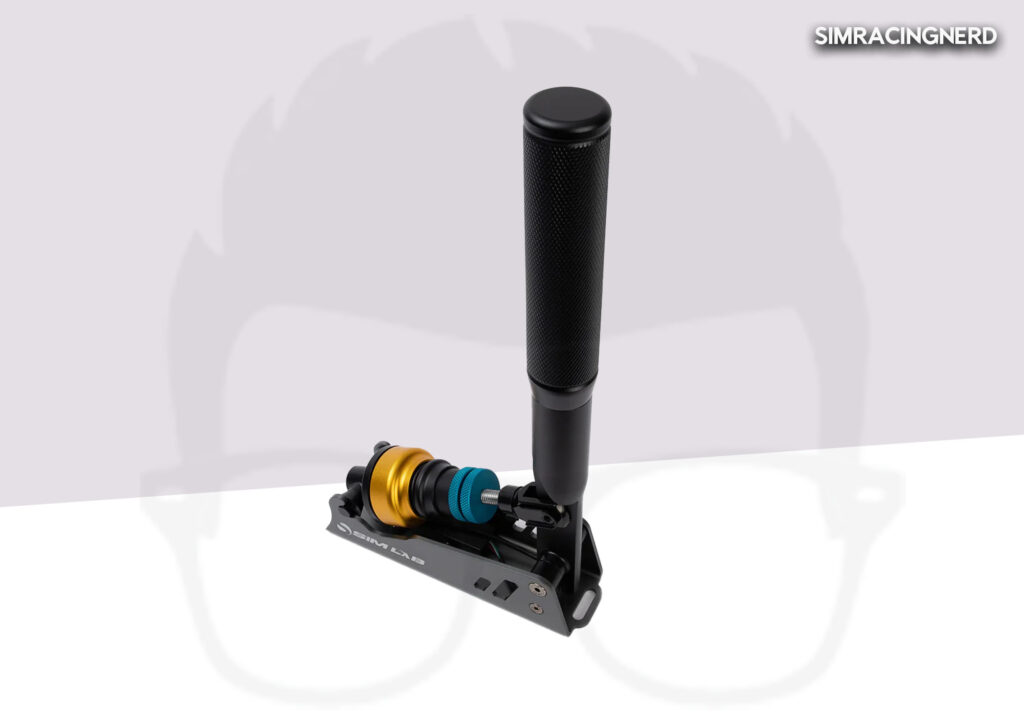
XB1 compatibility
Not surprisingly for a Simlab product, the XB1 is compatible only with the Windows PC platform, via a USB cable. This handbrake also works with RaceDirector, and it is even necessary to use this software to set certain parameters, such as the dead zone.
As for sim-racing titles, well, you’ve got all those that are PC-compatible. What’s more, the XB1 will natively support the industry’s tenors, such as rally games (Dirt, WRC), simulations (AC, ACC, iRacing, rFactor) and more or less everything else.
Value for money
Retailing at almost €200, the XB1 is a hair more expensive than a TB-1 or a ClubSport Handbrake, which is not in Load Cell by the way, and Simagic’s handbrake can only take 100 kg of force. All in all, I think the XB1 fares rather well against its direct rivals, offering good value for money and a better feel on the track.
And even if you opt for Simlab’s side support, the final bill won’t reach €230.
My verdict on Sim-Lab’s XB1 handbrake
I’ll say it right away: the XB1 is not the best Load Cell handbrake on the market, especially with the total lack of adjustment for the position of the handle. Either the vertical position suits you on your sim-racing setup, or it won’t work with this handbrake. I imagine that offering a version with an adjustable handle would have cost more, negatively impacting its price-performance ratio.
If you do a lot of rallying and your setup is adapted to accommodate the XB1 while still being comfortable to use, this handbrake will delight you in sim-racing, especially as regards the modularity of braking. But if your chassis isn’t suitable for the XB1, you’ll be better off with other options.

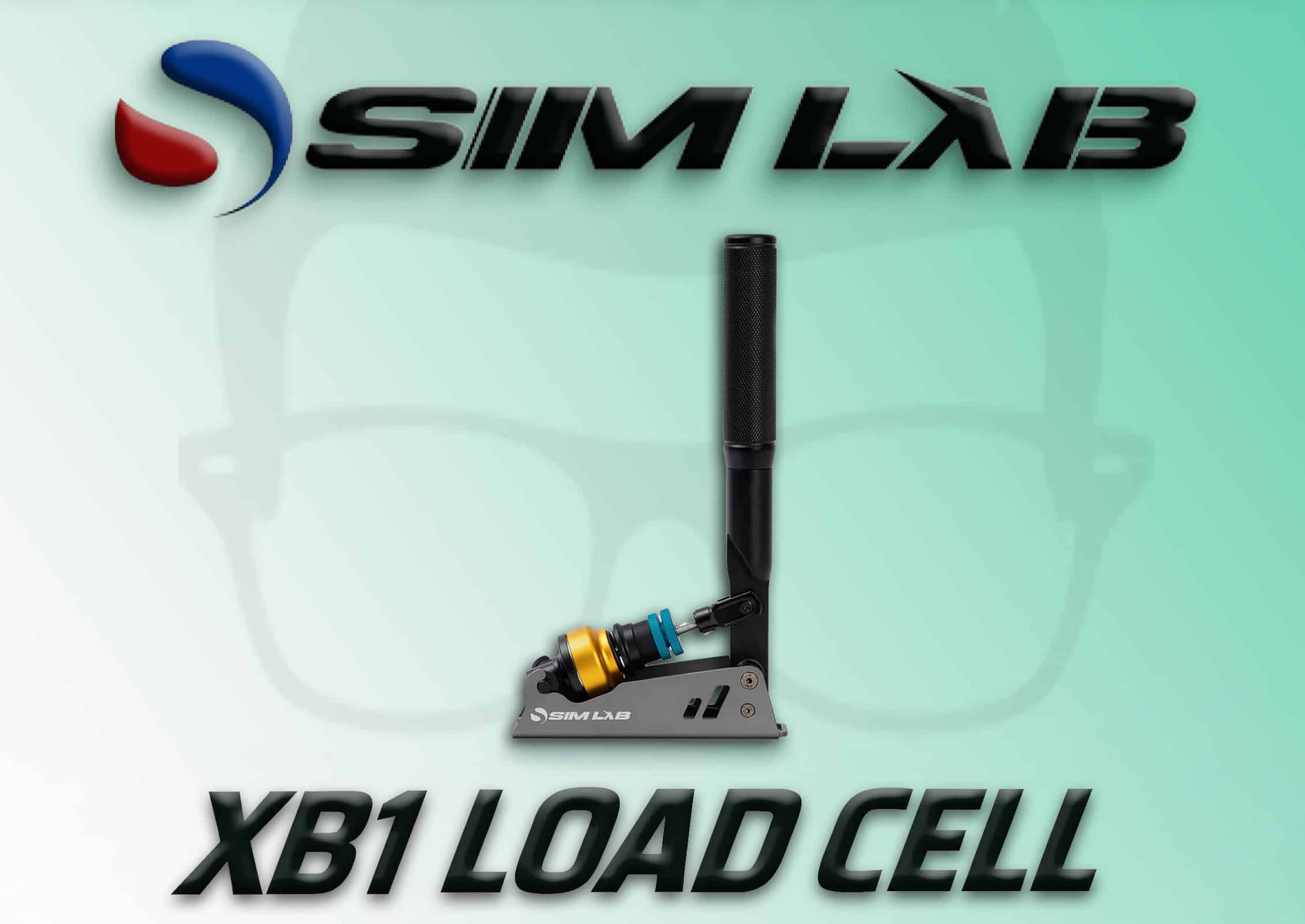



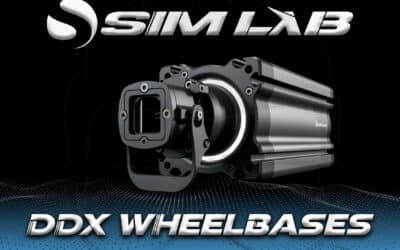
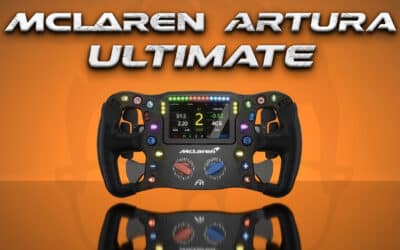

0 Comments